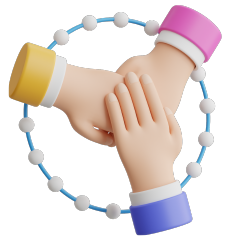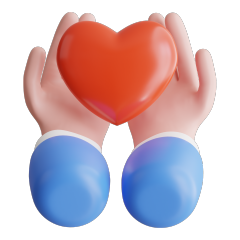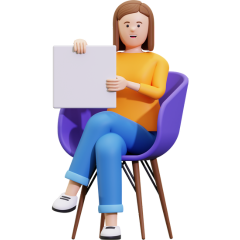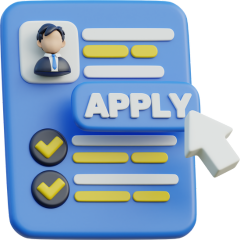What is cerebral palsy?
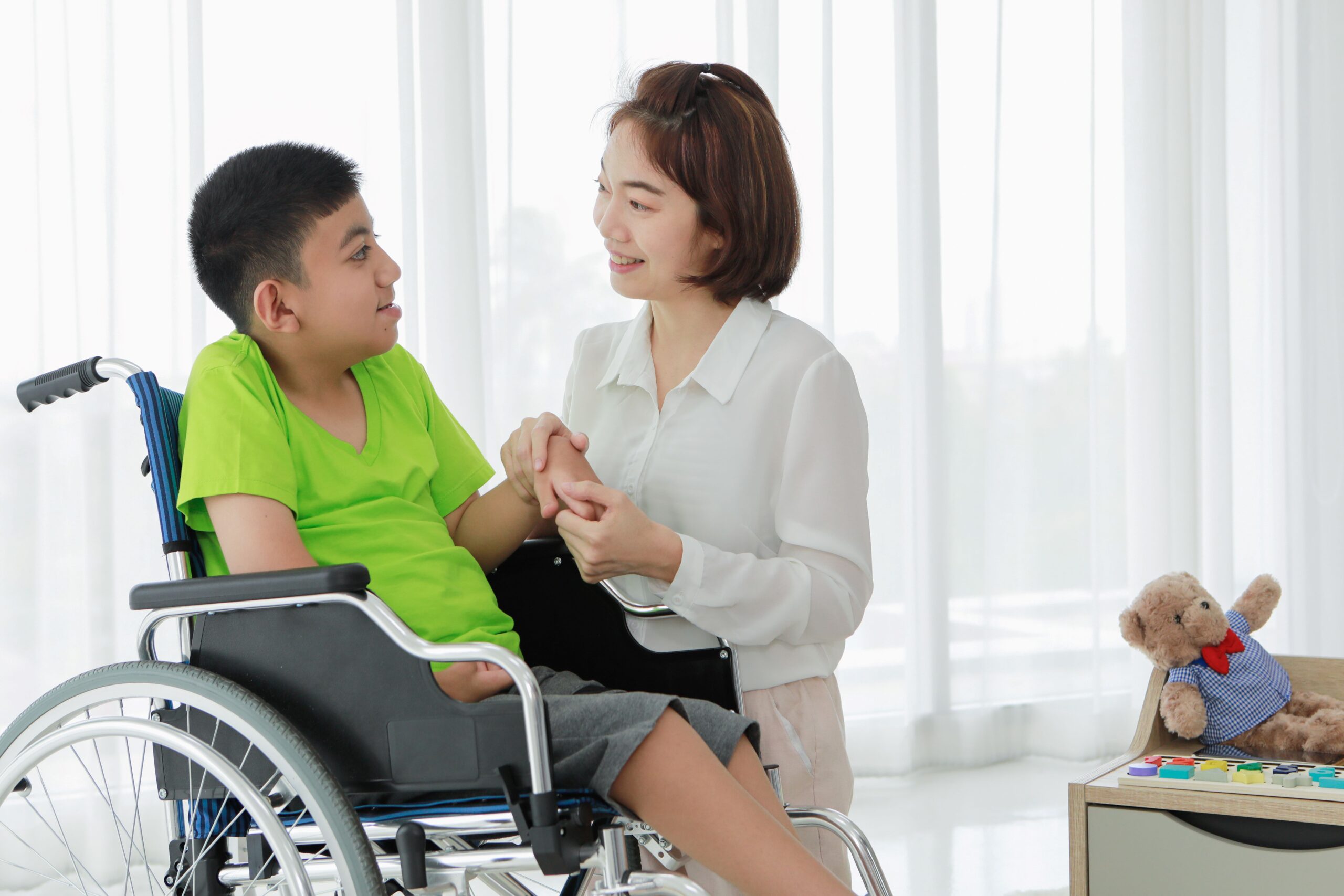
While there is no cure for cerebral palsy, it is not progressive, which means the disorder will not get worse over time. Adequate support, such as the therapies and care funded by the NDIS, can help a person achieve an independent life.
Cerebral palsy (CP) is a group of disorders that affect movement and posture. Cerebral means ‘of the brain’ while palsy is a medical term referring to paralysis or loss of muscle control.
CP is caused by damage to the developing brain and symptoms often appear in infancy or early childhood.
In addition to its effects on a person’s muscle control and muscle tone, CP may also cause impairments to a person’s sight, hearing, speech and learning.
According to the Cerebral Palsy Alliance, CP is the most common disability in childhood. There are 17 million people living with cerebral palsy worldwide, while 1 in 700 Australian babies is diagnosed with the condition.
While there is no cure for cerebral palsy, it is not progressive, which means the disorder will not get worse over time. Adequate support, such as the therapies and care funded by the NDIS, can help a person achieve an independent life.
Let’s find out more about this condition.
Causes
Cerebral palsy is caused by damage to the developing brain, which can happen before, during or after birth. Brain development can be affected by many factors, including:
- Genetic mutation
- Infections during pregnancy
- Fetal stroke
- Infection of the fetal brain, such as meningitis
- Reduced oxygen supply to the fetal brain, such as during pregnancy or delivery
- Premature birth
- Traumatic head injury during infancy, such as from a fall or motor vehicle accident
However, in many cases, the cause is unknown.
Symptoms
Children with CP exhibit a wide range of symptoms, including:
- Stiff muscles
- Exaggerated reflexes (spasticity)
- Stiff or tight muscles with normal reflexes (rigidity)
- Lack of balance and muscle coordination (ataxia)
- Variations in muscle tone, being either too stiff or too floppy
- Tremors or jerky involuntary movements
- Weakness in one side of the body, e.g. if the child is favoring one arm or leg
- Difficulty with fine motor skills, which uses the small muscles of the hands and wrists, e.g. unable to pick up utensils or button up clothes
- Difficulty speaking
- Excessive drooling or problems with swallowing
- Intellectual disability
- Other neurological problems: seizures, hearing problems, vision problems, mental health conditions
Types
Cerebral palsy can be described by the type of symptoms (see list above) and what part of the body is affected.
Spastic – This is the most common form, affecting 70 to 80% of people living with CP; this is characterized by muscles that feel stiff and tight.
- Spastic Quadriplegia – Both arms and legs are affected; the most severe form of cerebral palsy which is also associated with moderate-to-severe intellectual disability.
- Spastic Diplegia – Both legs are affected; children may require a walker or leg braces.
- Spastic Hemiplegia – Only one side of the body (one arm and one leg) is affected; the arm and leg of the affected side are frequently shorter and thinner.
Dyskinetic – Characterised by involuntary movements, causing difficulty in sitting or walking.
Ataxic – Characterised by shaky movements, which affect balance and depth perception.
Mixed – Refers to symptoms that don’t correspond to any single type of CP but are a mix of types.
Diagnosis and treatment
As symptoms usually appear in early childhood, most children are diagnosed within the first two years of life. Thanks to improved diagnostic methods, babies can now be diagnosed with cerebral palsy or at “high risk of cerebral palsy” as early as three months old.

To determine cerebral palsy, specialists would carry out tests such as movement assessments, brain scans and neurological assessments.
While there is no cure for CP, individuals can undergo therapies and treatments that promote motor function, mobility, learning, communication and social skills.
The Cerebral Palsy Alliance developed treatment guides based on current research for people living with cerebral palsy and their care network. You can access them all here.
Support from Leora Healthcare
Our support workers provide assistance so our clients with CP can continue to participate in community life, move around safely at home and maintain social connections.
